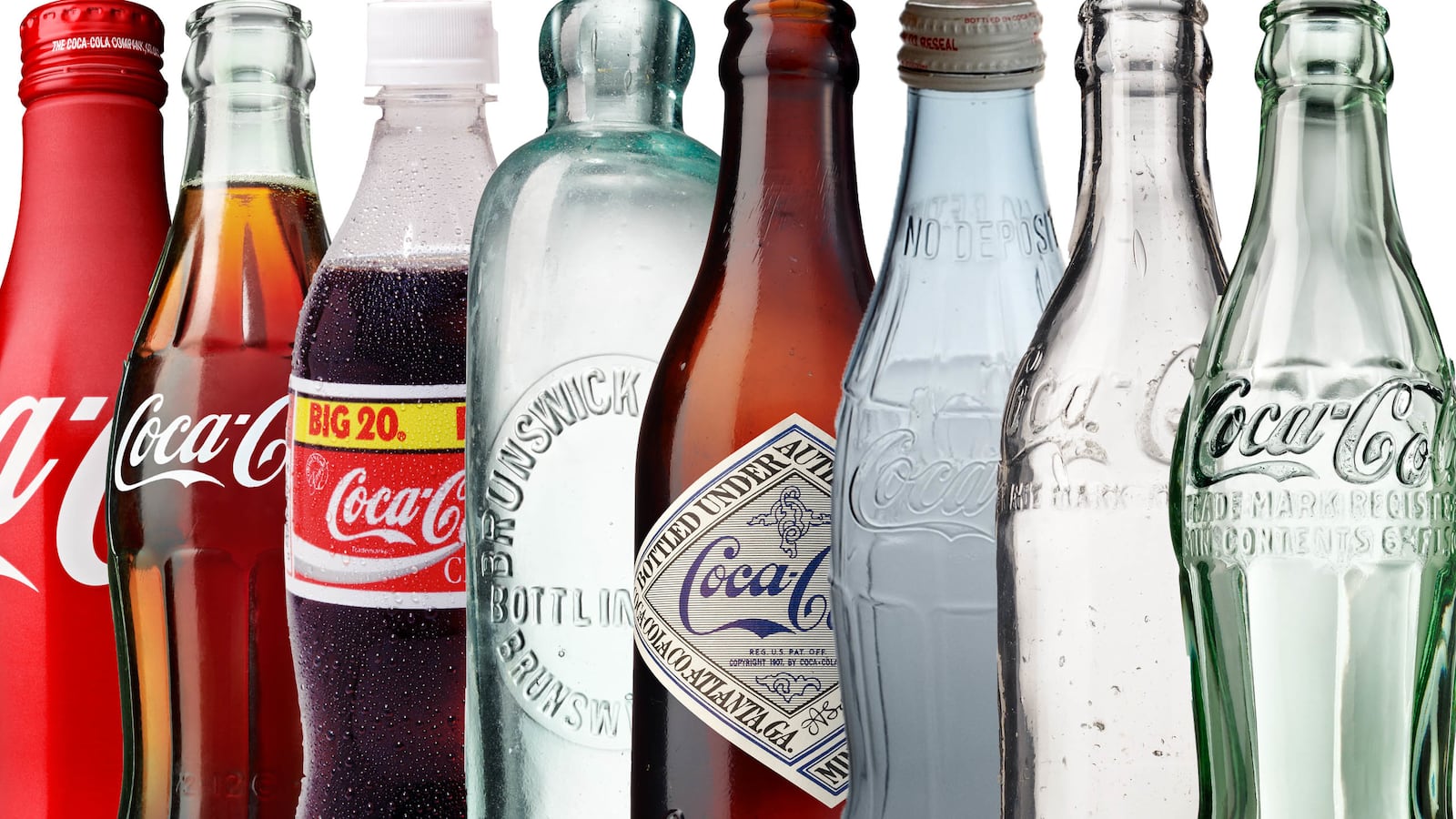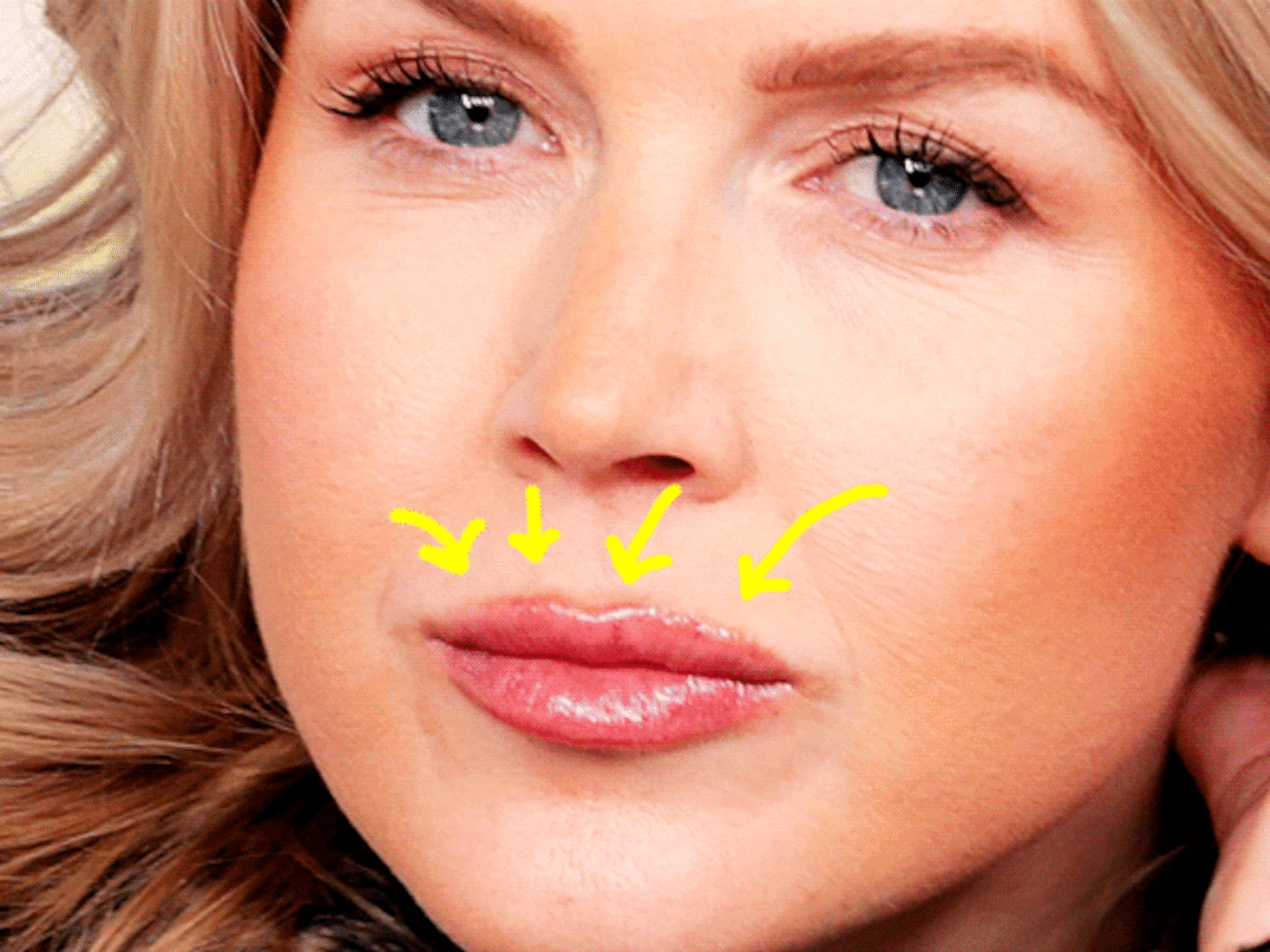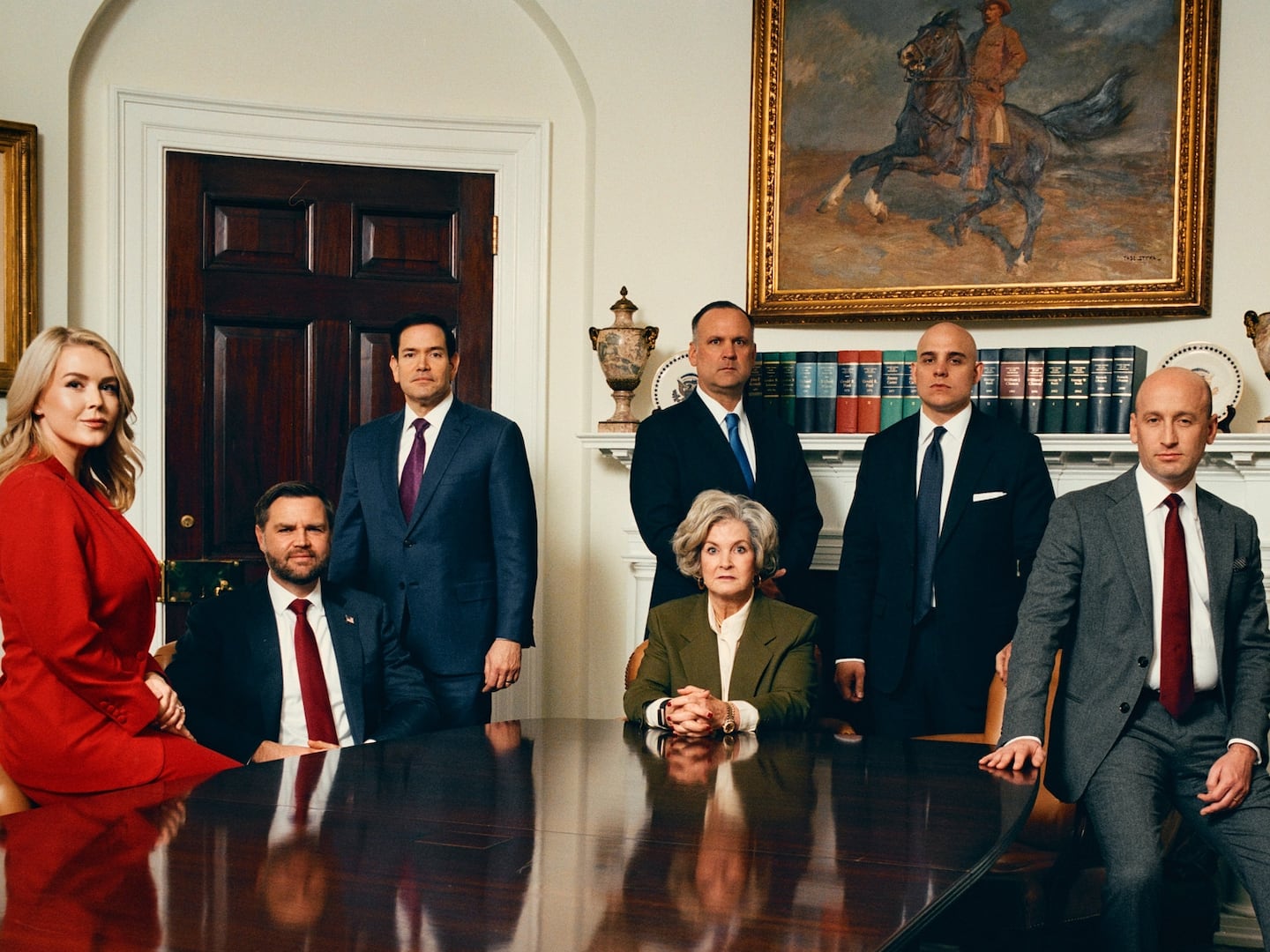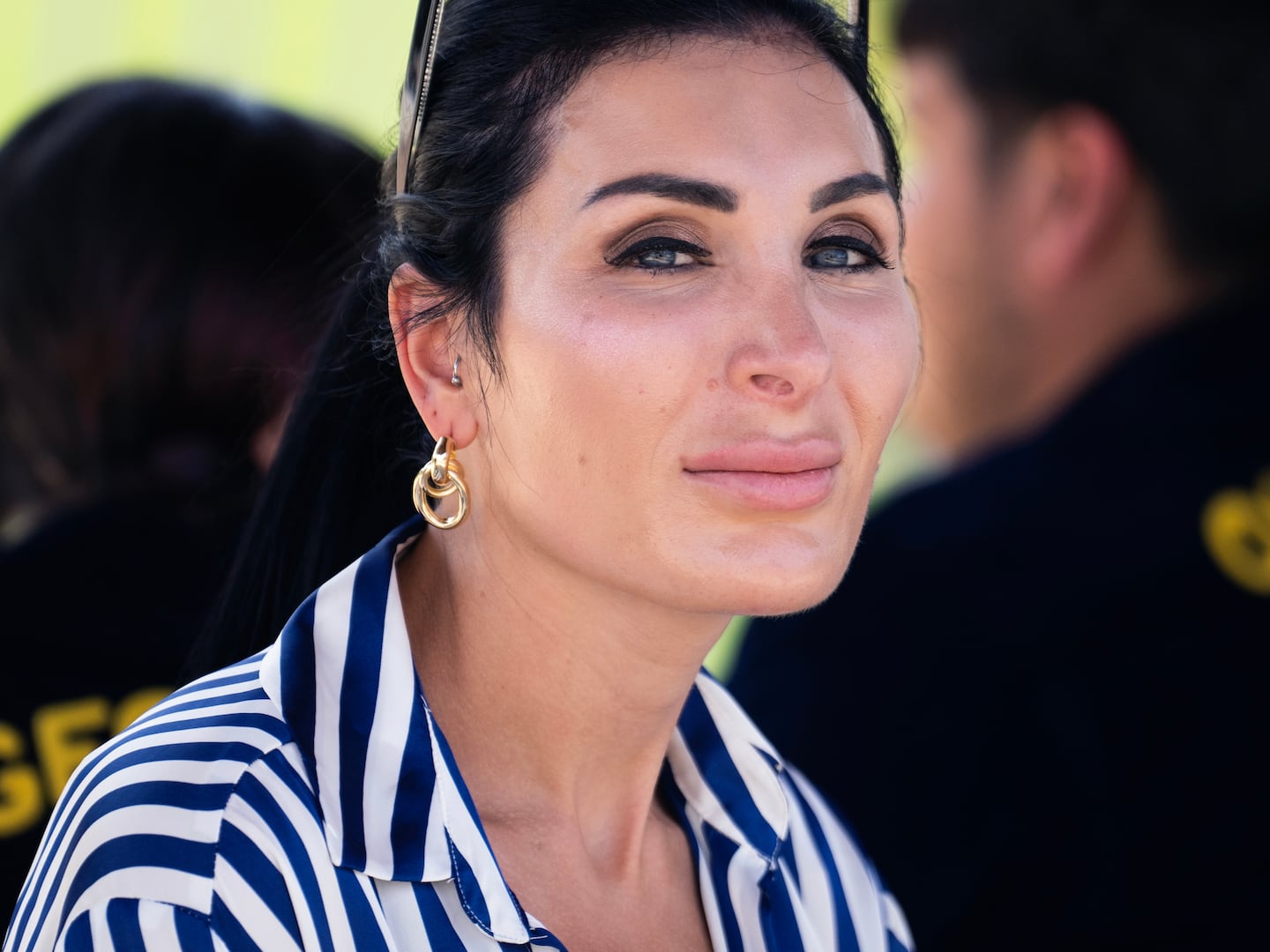The Coke bottle is one of those few landmark consumer items to make the leap from consumer item to cultural icon. Millions of us drink from one of them every day, while Andy Warhol also used the bottle in his art. Marilyn Monroe once clutched a Coca-Cola bottle while clad in a polka dot bikini.
How to extend its brand was a question the Atlanta-based Coca-Cola faced that question in the early 1900s just as it was experiencing what Ted Ryan, Coca-Cola’s archive manager, refers to as “Google-like growth,” when it went from nine drinks a day at a soda fountain in 1886 to a million gallons of syrup a year in every state in 1900.
Back then Coca-Cola was packaged in a straight-sided bottle with the logo embossed on it, and “competitors like Celery Cola, Toca Cola, Mako Cola—there were over 1,200 people that tried to imitate the logo, and the bottle, and the company would constantly have to sue them to try to protect the drink,” said Ryan. The company got fed up, and came up with a solution: create a “distinctive package.”
So Coca-Cola sent out a brief to eight glass companies calling for the use of a “distinctive package” with two specifications: “a bottle which a person could recognize even if they felt it in the dark, and so shaped that, even if broken, a person could tell at a glance what it was.”
Earl R. Dean of the Root Glass Company of Terra Haute, Indiana, ended up designing what would become Coca-Cola’s signature contoured, and this time, the company made sure there would be no copycats, patenting it in 1915.
The Coca-Cola bottle celebrates its 100th anniversary this year, and although the bottle has had several iterations in the past century, coming in many forms—aluminum, glass, plastic—its iconic shape still sets it apart, the only other two constants being Coca-Cola’s logo and secret formula.
“I call it the perfect canvas,” said Ryan. Coca-Cola and the High Museum of Art in Atlanta are celebrating the bottle with the exhibition ‘The Coca-Cola Bottle: An American Icon at 100,’ which runs through October 4, 2015.
The exhibition takes visitors through four areas—an exhibit of 500 3-D printed bottles hanging in air greets visitors on the ground floor.
Once up on the second floor, another section displays the evolution of the Coca-Cola bottle, from the straight-sided bottle to Dean’s original design, which was more bulbous and based on the shape of a cocoa pod all the way through today’s aluminum bottles. Then viewers are taken through a series of Coca-Cola inspired works by Warhol, and an exhibit of photographs depicting Coca-Cola.
How did such a simple bottle become one of the world’s most celebrated pop culture symbols? Ryan says it was a combination of four things: Coca-Cola’s flavor, its trademarked script logo, the color red and finally, its packaging.
James Somerville, Coca-Cola’s vice president of design, thinks that the challenges of keeping the Coca-Cola bottle design relevant today are the same as they were a century ago. “Every decade, every year, it’s about creating a new experience communicating in the medium we have today,” he said.
Somerville commissioned contemporary designers from around the world to reinterpret the bottle for its anniversary. Artist Mr. Brainwash created a piece that shows a red bottle in front of a white background with the words “I will always love you” over it repeated in cursive.
Buenos Aires-based Furia Studio made a simple smiley face with a Coke bottle on its side to make a wink; Paris’s Ogilvy & Mather advertising office put a simple white sketch of the bottle over a red backdrop; and Tom Farrell of Coca-Cola Design drew out two hands facing each other with a bottle cap at the tip of the fingers to form the silhouette of a Coca-Cola bottle.
Somerville is positive that the bottle will still be around into the next century. “I think it will evolve, there will be new materials, there will be new designs,” said Somerville.
“The Coca-Cola Bottle: An American Icon at 100” is on display at the High Museum of Art through October 4, 2015.






